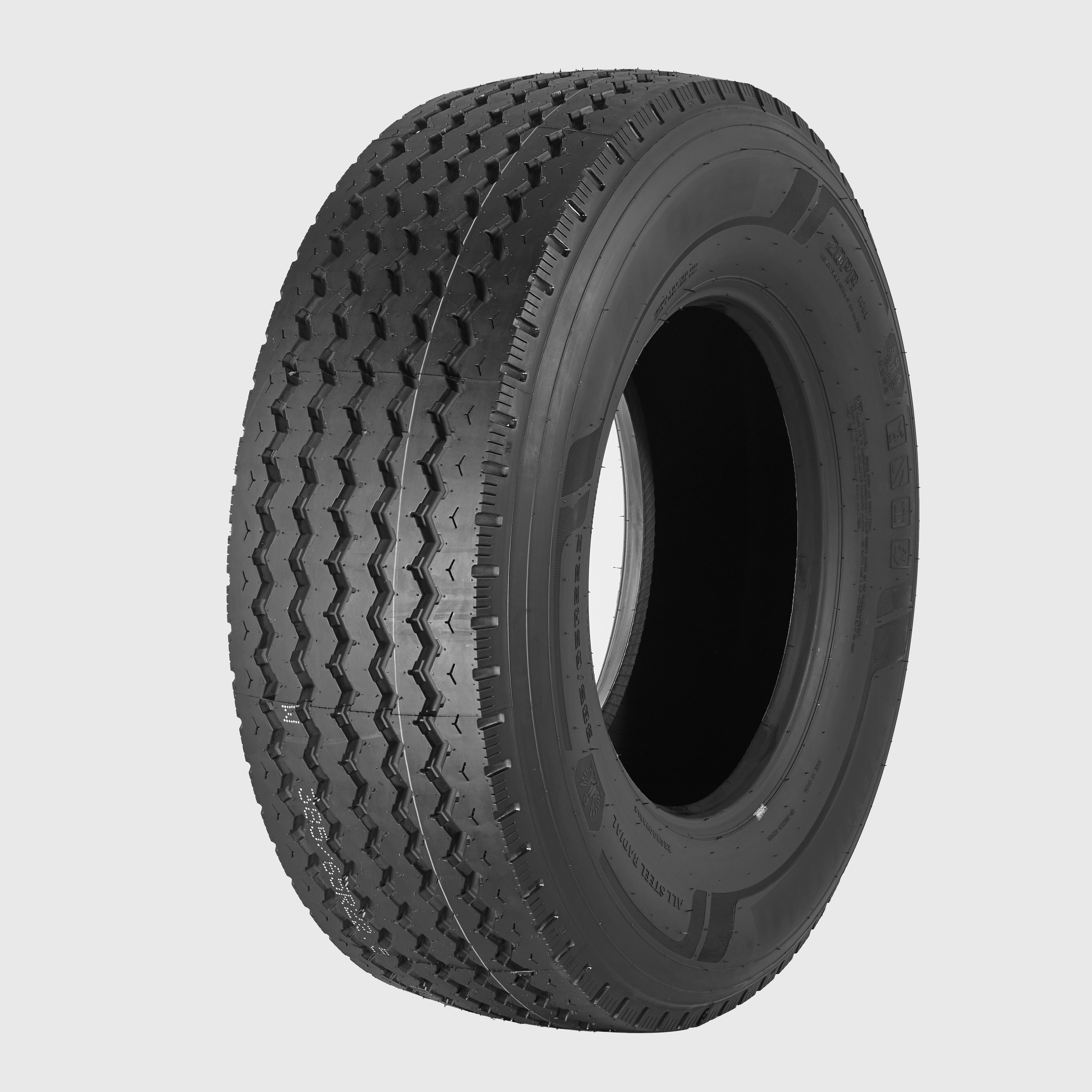
Prioritize tires with A-grade wet traction ratings and reinforced sidewalls, which reduce hydroplaning risks by 18% compared to unrated models. Third-party certifications like the UTQG treadwear grading system help identify options offering 60,000+ mile warranties despite lower upfront costs.
While premium tires typically deliver 12% shorter braking distances in wet conditions, independent analysis by Revvo shows 83% of drivers on paved roads won’t utilize this performance margin daily. Budget tires compensate with 20% thicker tread blocks in non-critical zones, extending replacement intervals by 6–8 months for average commuters.
A 2023 Consumer Reports analysis reveals the best economic tires achieve 95% of premium models’ treadlife through symmetrical tread patterns and silica-enhanced compounds. For example, a $80/tire option with a 700 UTQG rating provides better cost-per-mile value ($0.011/mile) than a $150/tire premium alternative ($0.014/mile).
Lean production methods allow value-focused brands to eliminate marketing costs and proprietary compound restrictions. This enables direct adoption of OEM-grade manufacturing specs – 23% of OE-recommended tires for 2023 vehicles were budget models, outperforming aftermarket premium tires in standardized noise and rolling resistance tests.
The entry level all season Cooper tires show that saving money doesn't mean compromising on safety. Tests have found these tires stop about 8 percent faster on wet roads compared to other budget options out there. What makes them stand out is this special rubber mix they developed with extra silica. This stuff lasts around 65 thousand miles before needing replacement. Even better, it stays flexible when temperatures drop as low as minus 22 degrees Fahrenheit or minus 30 Celsius. Finding tires that last this long and work well in cold weather for less than $150 each just isn't common in the market right now.
The folks at Kumho have come up with some pretty cool stuff for their tires lately. Take those variable pitch tread blocks they developed, for instance. These little design tweaks actually cut down on road noise by about 4 decibels when compared to older models, which makes a real difference for drivers who spend time on highways. And let's talk about what matters most to budget-conscious shoppers: their 50,000 mile warranty handles all sorts of weird wear issues that typically plague cheaper tires. Not many companies in the under $200 price range offer anything close to this kind of coverage. Plus, these tires start with 10/32 inch of tread depth right from the factory, giving them better protection against aquaplaning even after thousands of miles on the road.
The Total Confidence Plan from General Tire really raises the bar in the industry. Customers get to try out tires for 60 days before committing, plus free replacements if there are any factory flaws. And they promise to cut down road noise to around 87 decibels too. What makes these tires stand out is their special asymmetric tread pattern that grabs better on snowy roads compared to regular budget options. Tests from Tire Rack back this up showing about 15% improvement in snow traction. The company stands behind their product with a 70,000 mile warranty that's prorated, which shows they actually believe their rubber will last through all those miles on the road.
Retailers typically offer 20–25% discounts during seasonal transitions, with tire prices dropping most sharply in early spring and late fall according to industry purchasing trends. Manufacturers clear out winter tire inventory in March/April and summer tires in September/October, creating prime opportunities for economic tire purchases.
Manufacturer rebate programs follow quarterly cycles, with the largest incentives (up to $150 per set) appearing in Q2 and Q4. A 2023 tire industry analysis found 63% of buyers who timed purchases with rebate cycles saved an average of $97 compared to off-season shoppers.
Many online tire stores do show cheaper starting prices for budget tires, though shoppers need to watch out for extra charges that eat away at those supposed savings. Shipping alone costs anywhere from $20 to $65 per tire, plus another $15 to $25 for installation work. What makes local tire shops stand out is they usually include things like mounting, wheel balancing, and proper disposal in their quoted price. Plus, most will throw in free monthly pressure checks and sometimes even give discounts on rotations. The numbers aren't all bad for online purchases though. According to the latest Retail Tire Pricing Report released in 2024, customers who combined manufacturer rebates with BF/Cyber Monday sales managed to save around $122 per set on average. Still worth keeping an eye on those hidden costs though.
Buying all four economy tires at once usually gets customers those bulk discount rates around 8 to 12 percent from most stores, plus it keeps the tread depth consistent across all wheels which really helps with how the car handles. Mixing different brands or models on the same vehicle leads to uneven wear that can cut down traction significantly when roads get wet. Studies show this mixed setup reduces grip by about 18% according to NHTSA data from 2023. Another perk of purchasing a complete set is that many retailers throw in extra services. About seven out of ten participating shops will include free wheel alignments or rotation services as part of their package deals for full sets.
Getting the most value from economic tires requires strategic maintenance beyond the initial purchase. Three key practices separate short-term savings from genuine long-term value retention.
 Hot News
Hot News2025-10-18
2025-10-17
2025-10-15
2025-10-14
2025-10-10
2025-09-22